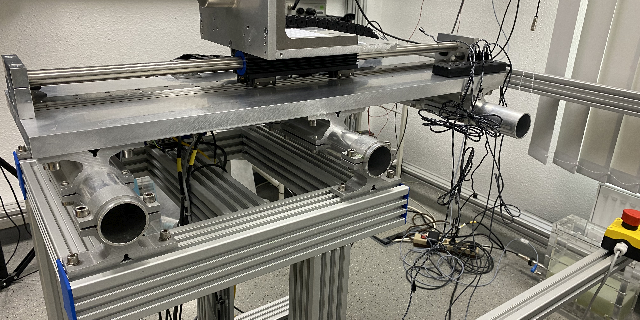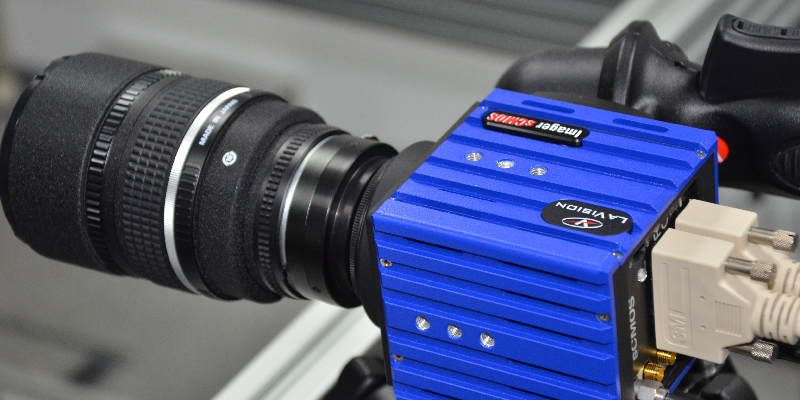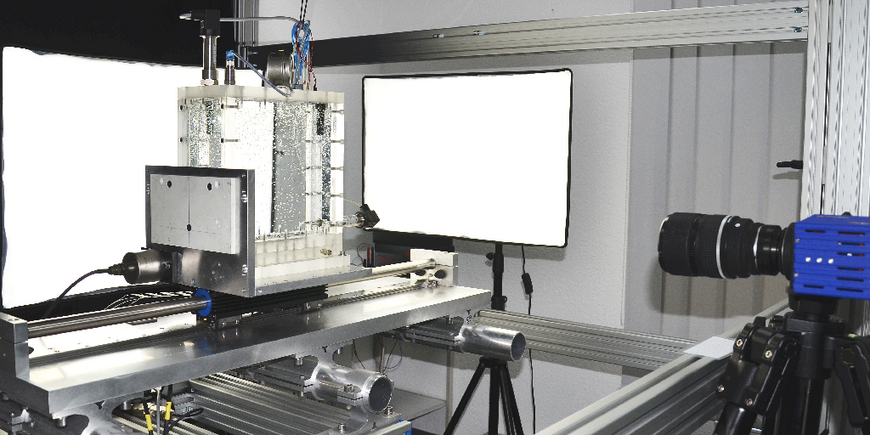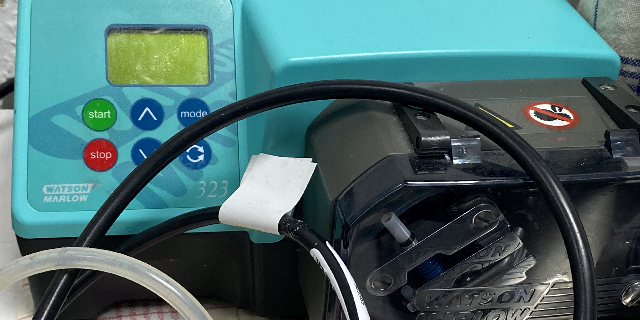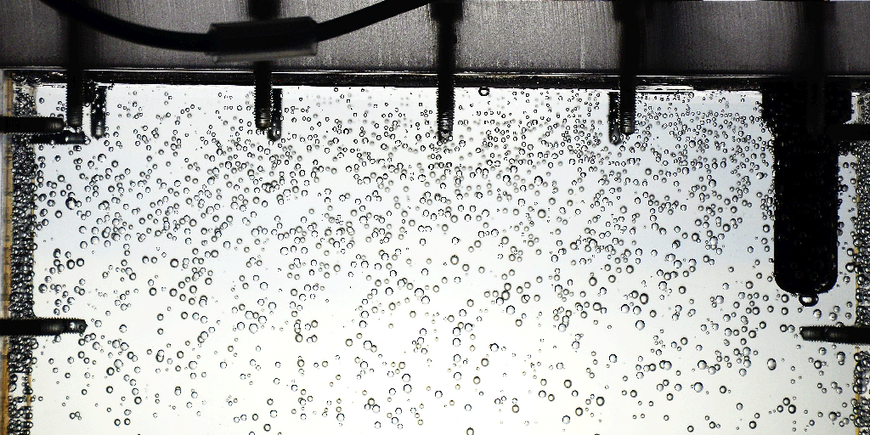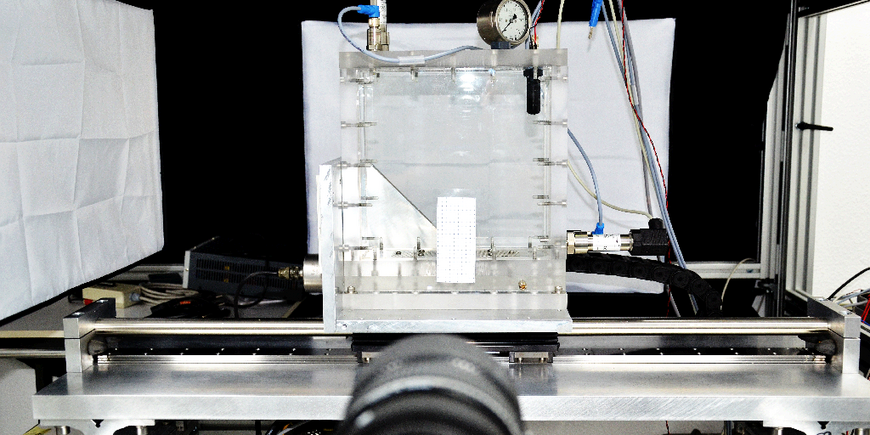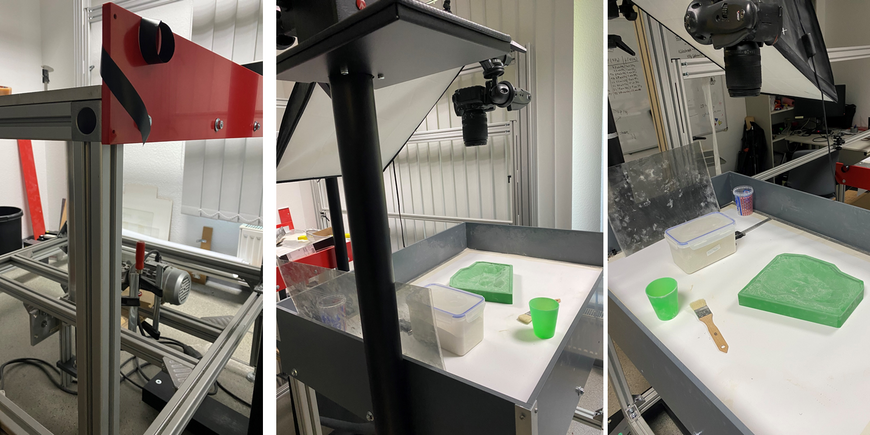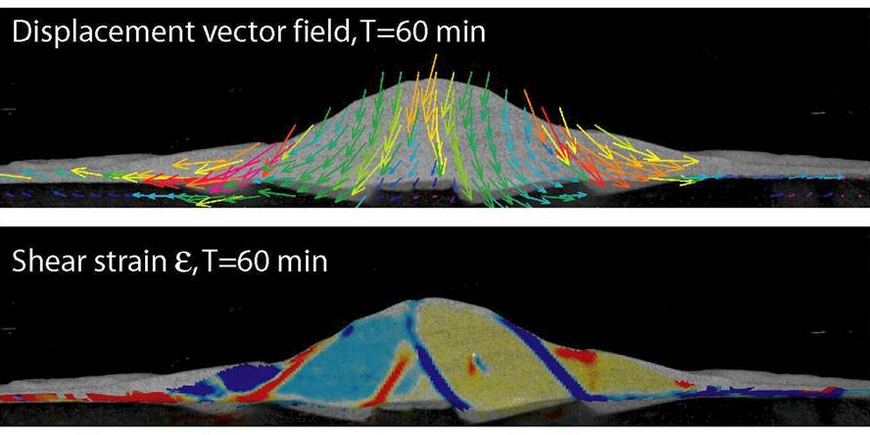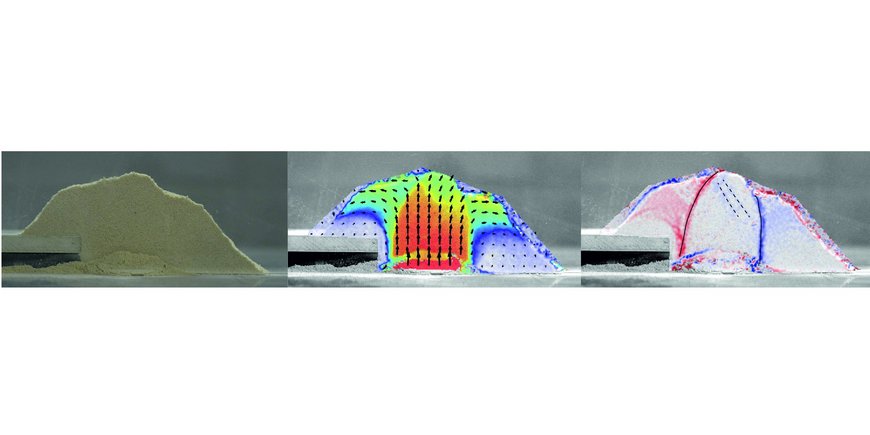An experimental lab to study (a) fluids in hydrothermal terrain, and (b) volcano-tectonic processes.
We simulate fluids and solids in two separate but closely related laboratories. First, we have an experimental laboratory for studying gas bubbles in hydrothermal and volcanic systems and an earthquake simulator.
Second, we study the deformation and fracturing of scaled analog volcanoes and their intrusions.
The goal of the Bubble & Volcano Lab is to study the evolution and (in)stability of large volume reservoirs at crustal or mantle depths. By studying how fluid-rock systems behave and change in space and time, in combination with field observations and monitoring, we aim to better understand seismic hazards, hydrogeologic effects, and volcanic eruptions.
The Bubble & Volcano Lab also aims to study deformation and faulting associated with magma chambers, intrusions, and flank instability. In particular, we study the complex interactions of these processes and apply high-resolution computer vision approaches for subpixel analysis.
Bubble Lab: Study of bubble processes in hydrothermal and volcanic terrains
Volcanic processes are often associated with fluid migration and deformation of fluid systems and their interaction with the host rock, including fracturing, fluid-filled fracture growth, and diking. Fluid-rock coupling operates in two directions: On the one hand, changes in the state of fluid-rock systems are thought to promote or inhibit tectonic earthquakes, induce changes in seismicity, and alter volcanic activity; on the other hand, fluid migration, gas release, phase changes, and reservoir assembly are controlled by anthropogenic, tectonic, and volcanic stress changes.
We simulate earthquake ground motions with a shaking table by playing real earthquake recordings, track the size and velocity of rising bubbles with a camera system, and quantify transients with a set of pressure sensors. A DAVIS particle image velocimetry system allows us to track particle displacements in fluid materials.
We simulate the extrusion and contraction of volcanic conduits in granular and viscous rheology, mimicking lava dome extrusion, conduit collapse, and retraction. We record the sequence using Digital Image Correlation (DIC) techniques obtained from side and top view cameras.
Publications
Walter, T. R., Zorn, E. U., González, P. J., Sansosti, E., Muñoz, V., Shevchenko, A. V., Plank, S. M., Reale, D. and Richter, N. (2023) Late complex tensile fracturing interacts with topography at Cumbre Vieja, La Palma, Volcanica, 6(1), pp. 1–17. https://doi.org/10.30909/vol.06.01.0117.
Holohan, E.P., S. Poppe, A. Delcamp, P.K. Byrne, T.R. Walter, B.V. de Vries, and M. Kervyn, 2023, Transition from volcano-sagging to volcano-spreading. Earth and Planetary Science Letters. 604. https://doi.org/10.1016/j.epsl.2023.118012.
Walter, T.R., E.U. Zorn, C.E. Harnett, A.V. Shevchenko, A. Belousov, M. Belousova, and M.S. Vassileva, 2022, Influence of conduit and topography complexity on spine extrusion at Shiveluch volcano, Kamchatka. Nature Communications Earth & Environment. 3(1). https://doi.org/10.1038/s43247-022-00491-w.
Zorn, E.U., T.R. Walter, M.J. Heap, and U. Kueppers, 2020, Insights into lava dome and spine extrusion using analogue sandbox experiments. Earth and Planetary Science Letters. 551. https://doi.org/10.1016/j.epsl.2020.116571.
Namiki, A., E. Rivalta, H. Woith, T. Willey, S. Parolai, and T.R. Walter, 2019, Volcanic activities triggered or inhibited by resonance of volcanic edifices to large earthquakes. Geology. 47(1): p. 67-70. https://doi.org/10.1130/G45323.1.
Gaete, A., J.L. Kavanagh, E. Rivalta, S.H. Hazim, T.R. Walter, and D.J.C. Dennis, 2019, The impact of unloading stresses on post-caldera magma intrusions. Earth and Planetary Science Letters. 508: p. 109-121. https://doi.org/10.1016/j.epsl.2018.12.016.
de Zeeuw-van Dalfsen E, Richter N, González G, Walter TR (2017) Geomorphology and structural development of the nested summit crater of Láscar Volcano studied with Terrestrial Laser Scanner data and analogue modelling. - Journal of Volcanology and Geothermal Research, 329, p. 1-12, http://doi.org/10.1016/j.jvolgeores.2016.09.018.
Namiki, A., Rivalta, E., Woith, H., Walter, T. R. (2016): Sloshing of a bubbly magma reservoir as a mechanism of triggered eruptions. - Journal of Volcanology and Geothermal Research, 320, p. 156-171, http://doi.org/10.1016/j.jvolgeores.2016.03.010.
N Le Corvec, TR Walter, J Ruch, A Bonforte, G Puglisi (2014) Experimental study of the interplay between magmatic rift intrusion and flank instability with application to the 2001 Mount Etna eruption. Journal of Geophysical Research: Solid Earth 119 (7), 5356-5368. https://doi.org/10.1002/2014JB011224.
Kervyn M, van Wyk de Vries B, Walter TR, Njome MS, Suh CE, Ernst G (2014) Directional flank spreading at Mount Cameroon volcano: Evidence from analogue modeling. Journal of Geophysical Research: Solid Earth 119 (10), 7542–7563, https://doi.org/10.1002/2014JB011330.
Rivalta, E., Taisne, B., Bunger, A.P., Katz, R.F. (2014). A review of mechanical models of dike propagation: Schools of thought, results and future directions. Tectonophysics, 638, 1-42. https://doi.org/10.1016/j.tecto.2014.10.003.
Woith, H.; Barbosa, S.; Gajewski, C.; Steinitz, G.; Piatibratova, O.; Malik, U.; Zschau, J. (2011): Periodic and transient radon variations at the Tiberias hot spring, Israel during 2000-2005. Geochemical Journal, 45, 6, 473-482. https://doi.org/10.2343/geochemj.1.0147.
Burchardt, S.; Walter, T. R. (2010): Propagation, linkage, and interaction of caldera ring-faults: comparison between analogue experiments and caldera collapse at Miyakejima, Japan, in 2000. Bulletin of Volcanology, 72, 3, 297-308. https://doi.org/10.1007/s00445-009-0321-7.
(for publications older than this please refer to the GFZ section 2.1 publication page)


